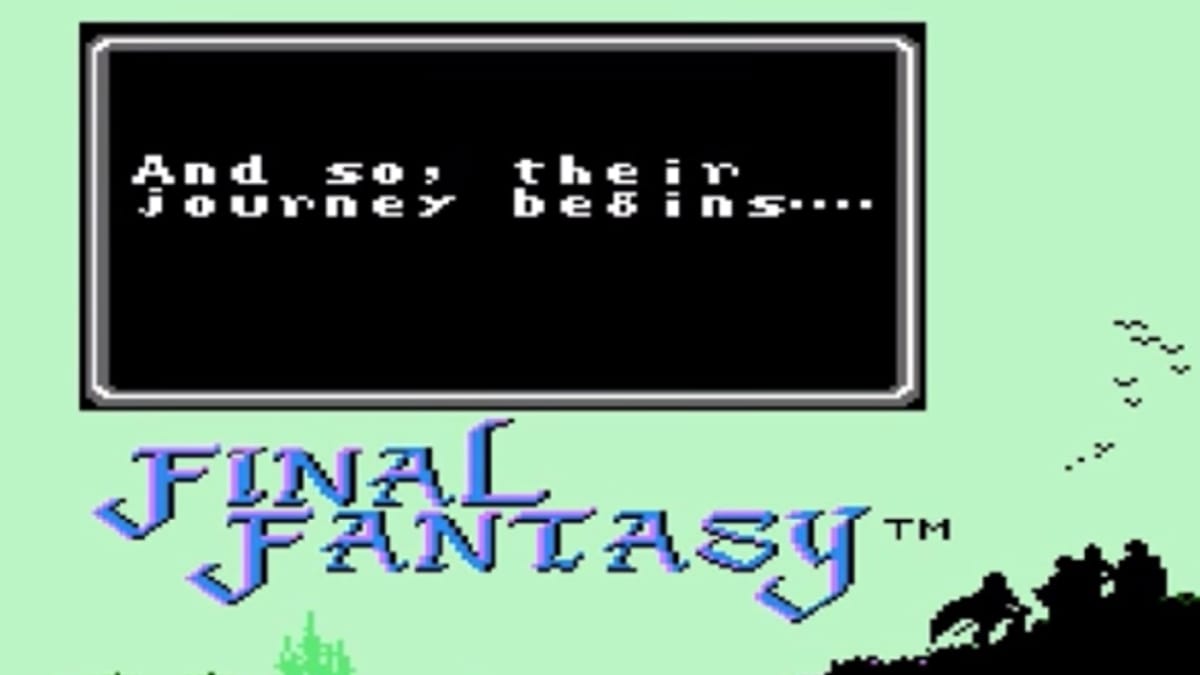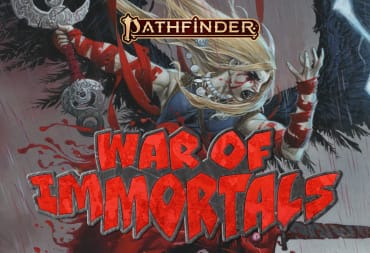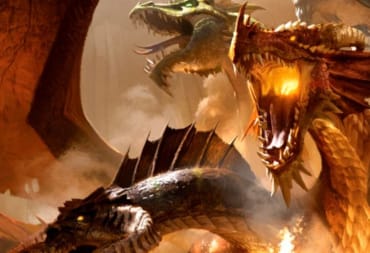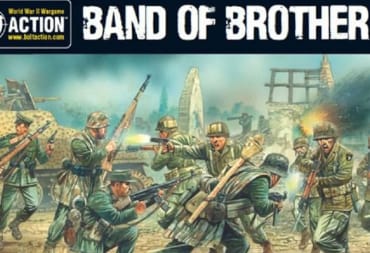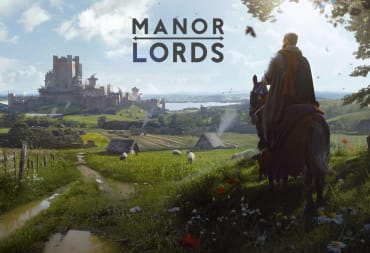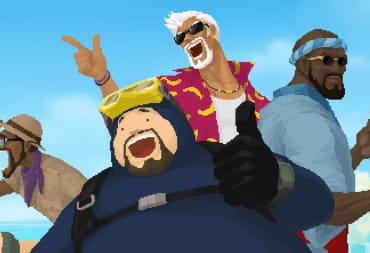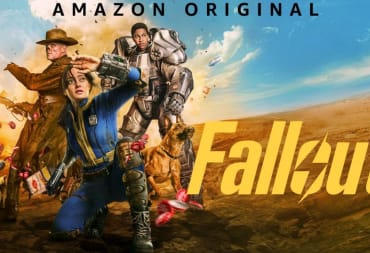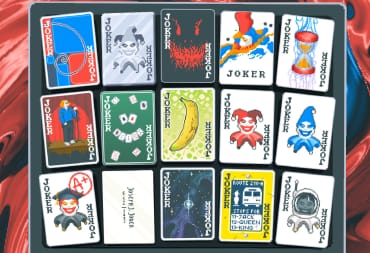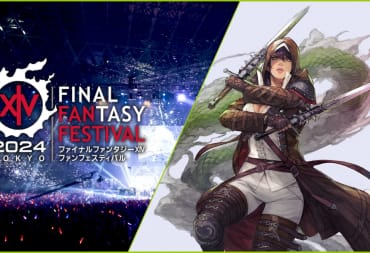Today marks the 25th anniversary of the North American release of Final Fantasy. Arguably the most important role-playing game ever made, Final Fantasy as a franchise has spawned fourteen main games, countless spinoffs, and over 110 million units sold since its initial release in Japan in 1987. Final Fantasy is one of the best-selling game franchises of all time, and rightfully so regarding the popularity of the series after all these years.
As with any game franchise, the journey to achieving success is a long one. Often cited as the eventual swan song of the video game company Square, Final Fantasy was, in fact, not the savior of the company. While it's true Square was in financial difficulties at the time, their portfolio of games was fairly diversified, developing titles originally for the PC-8801 before switching to development for the Nintendo Famicom.
Square became both a developer and publisher at this time. As a publisher, Square had a hand in several major titles for the Famicom and the PC-8801, including Thexder, Kings Knight, and Dragon Slayer. Square also had several development projects that would later become top sellers for their day. Rad Racer is perhaps the most famous, but the company also created the 3-D World Runner series and the first ever dating sim game, Nakayama Miho no Tokimeki High School.
At the time, Square had employed a young developer as a full-time employee in 1986, Hironobu Sakaguchi. Sakaguchi worked as the director of Planning and Development for the company but grew frustrated with the lack of mainstream success during his tenure. Sakaguchi resolved to direct one game for himself, and if it failed to sell, he would quit the video game industry.
There are several stories as to where the name Final Fantasy actually came from. The most common belief is the name stemmed from the game being the last hope for Square, which was facing major financial difficulties. Sakaguchi, however, has given two alternate accounts. The first regarded his feelings of disillusionment at the time, believing the title would be his last game before quitting the industry.
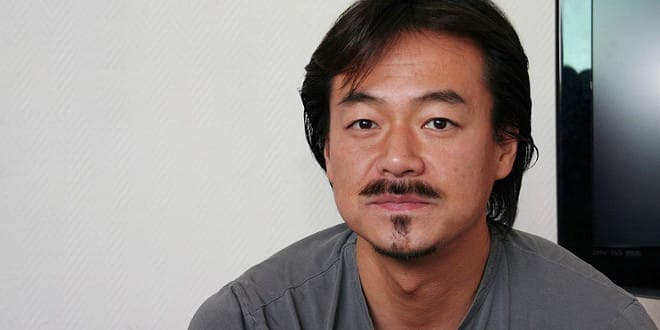
In 2015, Sakaguchi gave another account of the origin of the series title. He stated that he wanted a game to have the abbreviation “FF,” because it would sound good in Japanese. Also, the original title was called Fighting Fantasy but was changed because of concerns over the trademark of a book series of the same name.
Sakaguchi brought in the top Square employees to help develop the game. This included designers Koichi Ishii and Akitoshi Kawazu, scenario writer Kenji Terada, character artist Yoshitaka Amano, composer Nobuo Uematsu, and coder Nasir Gebelli. Dubbed the “Square A-Team,” each member of the team would be responsible for some of the hallmarks of the Final Fantasy franchise.
Kawazu would develop the battle system in the first Final Fantasy, citing pen-and-paper role-playing games such as Dungeons & Dragons as a direct influence, as well as modeling the system to be similar to the video games Wizardry and Dragon Quest. Kawazu incorporated several elements from Dungeons & Dragons, such as elemental weakness to enemies, a first for a Japanese-developed RPG. Ishii would incorporate parts of the inventory system and work with Terada on aspects of the plot, including the use of crystals in the game setting.
The caliber of the development is practically legendary by modern standards. Almost everyone involved in the development of the first Final Fantasy would go on to more RPG projects, some of which include several other Final Fantasy games. Kawazu would work on the Romancing SaGa titles and become the producer of Legend of Mana. Gebelli, the lone American of the group, would become the programmer and director of Secret of Mana. Amano would continue on as the character designer for the Final Fantasy series, a position he holds to this day. Uematsu would arguably become the most famous composer from Japan, scoring countless video games, including several more Final Fantasy games.
Finally, Sakaguchi would become involved in what is known as the “Dream Team” with Enix developer Yuji Horii and famed manga artist Akira Toriyama on the video game Chrono Trigger, and founded the developer Mistwalker, the creators of The Last Story.
Final Fantasy was a unique game when it was first released, incorporating one of the first cinematic experiences on a game console. The opening scrawl, complete with the now iconic music of Final Fantasy as it explained the game's plot, is perhaps one of the first instances of cinematic storytelling in a video game. It was also one of the first console games to have an overarching plot beyond the typical dungeon crawl or rescue storyline and included some elements of science fiction into the narrative, such as airships and space stations, another first for RPGs at the time.
Part of the game's charm was how free-form it was through character creation, as Final Fantasy incorporated the first iteration of its job system. As Kawazu stated, “The fun in an RPG begins when you create a character, in my mind. I didn't feel the need to have a suggested party at the beginning to clear the game. I wanted people to be all Black Mages or all Warriors if they wanted.” The ability to change jobs would become a hallmark for most of the Final Fantasy series, and even those that had fixed characters or classes would utilize the essence of the job system to make each character wholly unique.
While it was not the first console role-playing game, Final Fantasy would go on to be the most successful. Sakaguchi would be involved in the promotional process, attempting to give promotional copies of the game to various magazines and trade publications in Japan. “I took an in-development ROM to the editor of ‘Family Computer Magazine’, but was turned away," said Sakaguchi in a 2007 interview. “They told me they didn’t deal with games like that. Only Famitsu dealt with Final Fantasy in any grand way, for which I’m still very thankful.”
Famitsu magazine would give Final Fantasy a major push upon release in Japan. Sakaguchi would use this as leverage against Square, who originally wanted a limited production of 200,000 game copies to push it to 400,000. Final Fantasy would also be one of the few role-playing games translated for North America, and thanks in part to Nintendo’s aggressive marketing tactics in the U.S., Final Fantasy would become a modest success overseas. Sadly, a PAL version of the game wouldn’t be released until Final Fantasy Origins in 2003.
Final Fantasy has been remade and re-released a total of eighteen times worldwide since 1987 and has been ported to several consoles, download clients, handheld machines, and even iOS devices. It is estimated that the North American release would hit over 700,000 units sold, and as of 2003, an estimated 1.2 million units have been sold worldwide, including all remakes of the game. Many critics praised Final Fantasy for its scope, production values, role-playing, and presentation. IGN's Matt Casamassina noted that Final Fantasy had a deeper storyline than its contemporary predecessor, Dragon Quest, while website GamesRadar remarked that Dragon Quest introduced gamers to the role-playing game, but Final Fantasy would popularize it. The title has since been included in several “best games ever made lists” since the mid-2000s.
Modern critique has pointed out several issues with the original Final Fantasy, in particular, the pacing compared to contemporary role-playing games. Some consider the original Final Fantasy the weakest entry in the entire series, as well as the most difficult. However, the enthusiasm behind Final Fantasy has rarely wavered. Spawning some of the best games in not only the role-playing genre but of all time. Titles such as Final Fantasy VI, VII, and XI are considered some of the best games ever made, while spinoff series such as Final Fantasy Tactics, Vagrant Story, and Dissidia Final Fantasy were met with critical acclaim.
It is cynical to say that Final Fantasy, despite the franchise awards and critical acclaim over the years, has lost its luster since 2000. While the series has become a “love it or hate it” franchise in the modern era, the importance of Final Fantasy in the gaming world cannot be understated. It is one of the first role-playing games to break into the mainstream, paving the way for RPGs to succeed outside of a niche market. It made RPGs not only viable for home consoles, it showed how a more complex plot and game system can be done within the limitations of console development. Finally, it spawned one of the most successful RPG franchises of all time, with Final Fantasy XV on the horizon for modern consoles.
For better or worse, Final Fantasy as a franchise has left its mark on the gaming world, and it must be recognized for this feat. It is easy to criticize Final Fantasy at times for becoming too insular in terms of its clichés, but deep down, many enjoy the familiar tropes found in the franchise: the endless jobs, the use of technology and magic, the emotional connection to the storyline and the cinematic experience Square is able to project. All of this is supported by a deep battle system and important thematic elements, from summons to crystals, time travel, and Chocobos. We wouldn’t have it any other way, and hopefully, Final Fantasy can continue to deliver beautiful worlds, epic adventures, and cinematic role-playing for years to come.
This post was originally published in 2015 as a part of our Playing Roles series. It's been republished to have better formatting.
Have a tip, or want to point out something we missed? Leave a Comment or e-mail us at tips@techraptor.net
